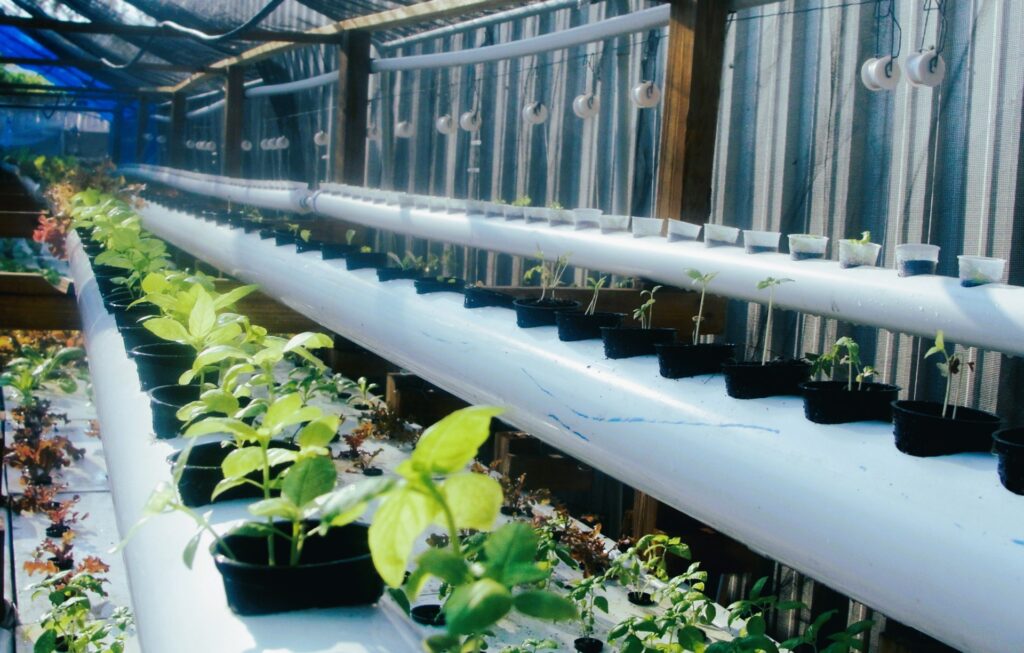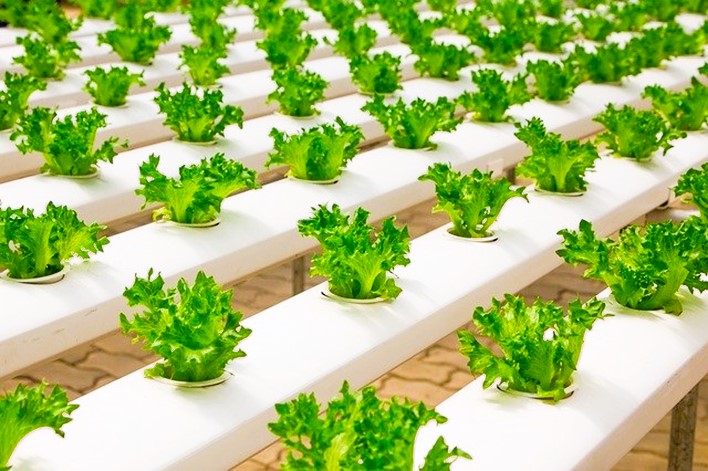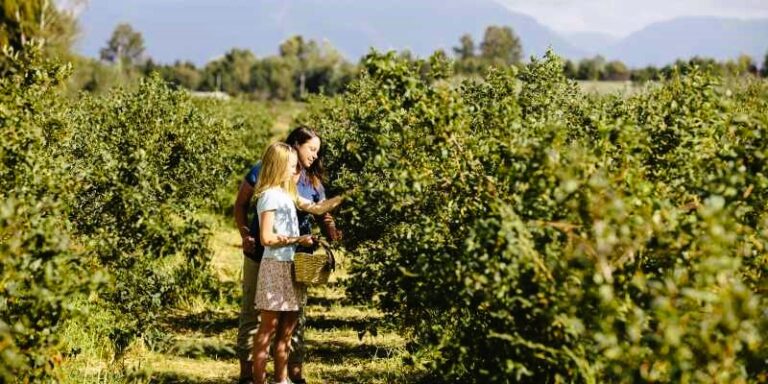In the heart of Abbotsford, Canada, a quiet agricultural revolution is underway. As the world grapples with issues of food security, sustainable agriculture, and resource conservation, innovative farming methods like aquaponics and hydroponics are gaining momentum. Embracing these cutting-edge techniques, Abbotsford’s farmers are redefining traditional agriculture, maximizing productivity, and contributing to the region’s reputation as a hub for agricultural innovation.
Understanding Aquaponics and Hydroponics
1. Aquaponics
Aquaponics is a groundbreaking farming system that combines aquaculture (fish farming) with hydroponics (soilless plant cultivation). The process begins with fish raised in tanks, producing nutrient-rich waste. The waste, teeming with natural fertilizers like ammonia, is then processed by beneficial bacteria, converting it into nitrates.
These nitrates, which serve as essential nutrients for plant growth, are then circulated through the hydroponic system, where plants thrive without soil. As the plants absorb the nutrients, they purify the water, which is then recirculated back to the fish tanks. This closed-loop system results in a symbiotic relationship where fish and plants mutually benefit from each other.

2. Hydroponics
Hydroponics is a soilless farming method in which plants grow in a nutrient-rich water solution. In traditional agriculture, soil acts as a medium to provide nutrients and support for plant roots. However, in hydroponics, an inert medium, such as gravel, perlite, or rock wool, serves as a support structure for the plants.
Nutrient-rich water is continuously supplied to the plant roots, ensuring they receive precisely what they need for optimal growth. By eliminating the need for soil, hydroponics offers better control over nutrient delivery, leading to faster growth rates and higher yields. Do you want to pick berries on the farm? We recommend our collection guide.
Advantages of Aquaponics and Hydroponics
Both aquaponics and hydroponics present a range of advantages that make them appealing to farmers and sustainable agriculture enthusiasts in Abbotsford.
1. Water Efficiency
Aquaponics and hydroponics are highly water-efficient systems. In hydroponics, water is recirculated within the system, reducing water consumption compared to traditional soil-based farming. In aquaponics, the water is continuously filtered and reused, minimizing water wastage.
2. Space Utilization
These innovative farming methods can be practiced in urban settings and areas with limited space. The vertical stacking of hydroponic towers and the compact nature of aquaponics systems enable farmers to maximize land use.
3. Year-Round Cultivation
Aquaponics and hydroponics facilitate year-round cultivation, offering a consistent supply of fresh produce regardless of seasonal limitations. This reduces dependence on external markets and enhances food security.
4. Reduced Environmental Impact
Both systems have a reduced environmental impact compared to traditional agriculture. Hydroponics eliminates soil erosion, while aquaponics minimizes the need for synthetic fertilizers and reduces the release of agricultural runoff into water bodies.

5. Resource Recycling
In aquaponics, waste generated by fish is converted into nutrients for plants, creating a closed-loop ecosystem that minimizes waste and maximizes resource utilization.
Application in Abbotsford
Abbotsford’s agricultural community has wholeheartedly embraced aquaponics and hydroponics, recognizing the potential of these methods to address contemporary agricultural challenges.
1. Urban Farming
In urban areas of Abbotsford, where space is limited, hydroponics and aquaponics provide an avenue for urban farming. Rooftop gardens, vertical hydroponic towers, and small-scale aquaponics systems have sprouted across the cityscape.
2. Local Produce
Aquaponics and hydroponics contribute to the production of fresh, locally grown produce in Abbotsford. These innovative methods enable farmers to grow crops that might not thrive in the region’s climate, expanding the variety of locally available produce.
3. Educational Initiatives
Educational institutions and community organizations in Abbotsford have embraced aquaponics and hydroponics as valuable teaching tools. These systems offer hands-on learning opportunities, enabling students to explore sustainable agriculture, biology, and environmental science.
4. Research and Development
The agricultural industry in Abbotsford continues to invest in research and development to optimize aquaponics and hydroponics systems. Research initiatives focus on improving system efficiency, enhancing crop yields, and reducing operational costs.

Government Support and Standards
The Canadian government recognizes the potential of aquaponics and hydroponics in advancing sustainable agriculture. Funding and grants support research and development projects aimed at improving farming practices and resource utilization.
Conclusion
In the fertile lands of Abbotsford, aquaponics and hydroponics have taken root, reshaping the agricultural landscape and paving the way for sustainable farming practices. As the world faces the challenges of population growth, climate change, and resource limitations, these innovative farming methods offer a glimpse into a future where food production can be both environmentally responsible and highly productive. Abbotsford’s farmers continue to lead the way in embracing these cutting-edge techniques, demonstrating their commitment to cultivating a sustainable and thriving agricultural future.
Sources:



